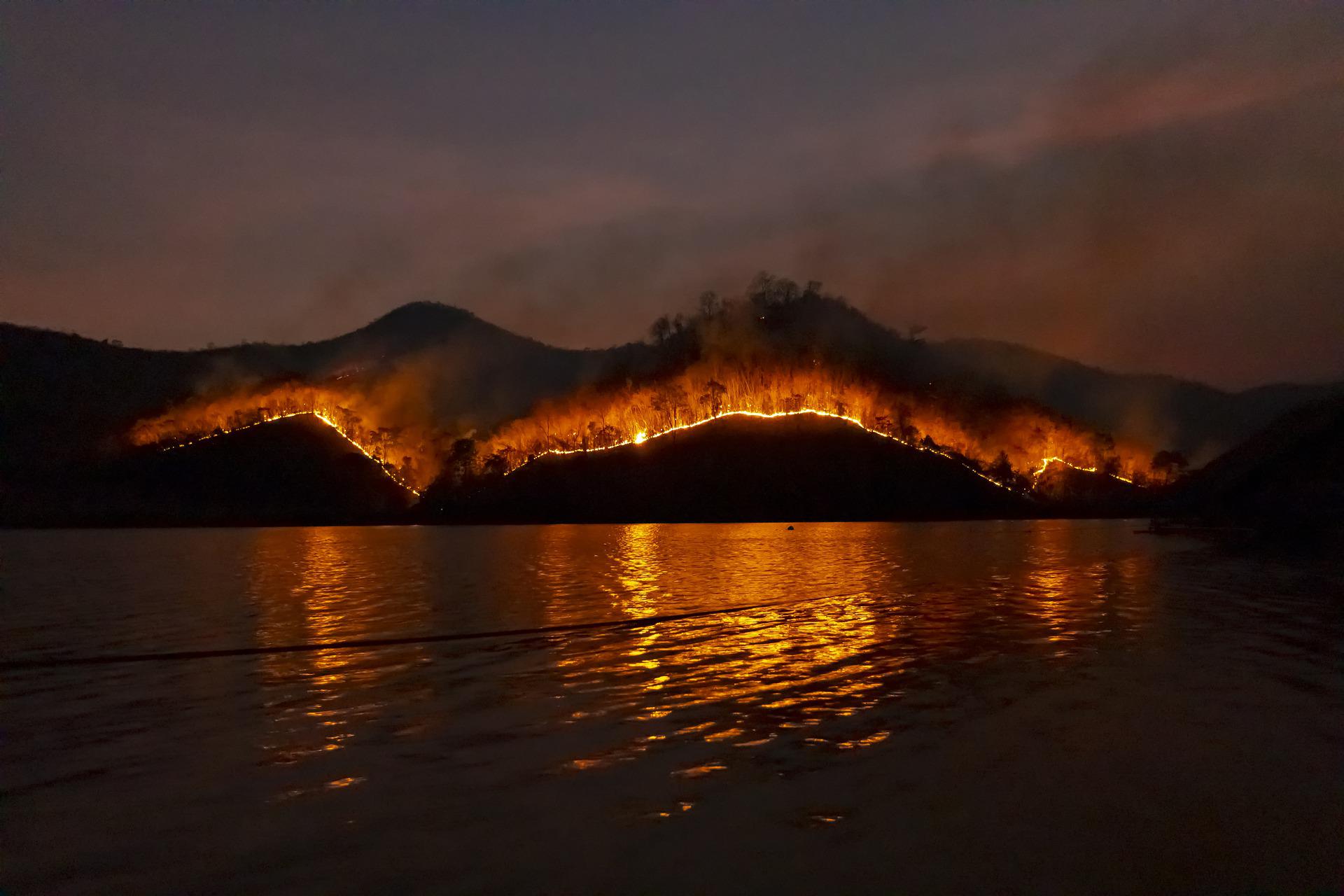
Geneva – An anticipated rise in the frequency, intensity and duration of heatwaves and an associated increase in wildfires this century is likely to worsen air quality, harming human health and ecosystems.
The mix of pollution and climate change will impose an additional climate penalty for hundreds of millions of people, according to a new report from the World Meteorological Organisation (WMO) released today.
The annual WMO air quality and climate bulletin outlines the state of air quality and its connections with climate change. The report explores a range of possible air quality outcomes under high and low greenhouse gas emission scenarios.
As the planet warms, wildfires and air pollution are expected to increase, even under a low emissions scenario. In addition to human health impacts, this will also affect ecosystems as air pollutants settle from the atmosphere onto the world’s surface.
Heatwaves in Europe and China this year are a foretaste of the future because the planet can expect wildfires and the heat to increase, intensify, which could lead to even worse air quality, a phenomenon known as the climate penalty.
Climate penalty refers to the climate change amplification effect on ground-level ozone production, which negatively impacts the air people breathe.
The regions with the strongest projected climate penalty is mainly in Asia which is home to a quarter of the world’s population.
Some regions are experiencing increasing wildfires, including parts of western north America, the Amazon and Australia.
The UN’s intergovernmental panel on climate change latest sixth assessment report includes scenarios on the evolution of air quality as temperatures increase in the 21st century.
If greenhouse gas emissions remain high, such that global temperatures rise by 3Cdeg from pre-industrial levels by the second half of the 21st century, surface ozone levels are expected to increase across heavily polluted areas, particularly in Asia.
This includes a 20 percent increase across Pakistan, northern India and Bangladesh, and 10 percent across eastern China.
Most of the ozone increase will be due to an increase in emissions from fossil fuel combustion, but roughly a fifth of this increase will be due to climate change, most likely realized through increased heatwaves, which amplify air pollution episodes.
Therefore heatwaves, which are becoming increasingly common due to climate change, are likely to continue leading to a degradation in air quality.
A worldwide carbon neutrality emissions scenario would limit the future occurrence of extreme ozone air pollution episodes.
Particulate matter or aerosols have complex characteristics which can either cool or warm the atmosphere.
The IPCC suggests the low-carbon scenario will be associated with a small, short-term warming prior to temperature decreases.
However, natural aerosol emissions such as dust and wildfire smoke are likely to increase in a warmer, drier environment due to desertification and drought conditions, and may cancel out some of the effects of the reductions in aerosols related to human activities.
A future world that follows a low-carbon emissions scenario would benefit from reduced deposition of nitrogen and sulphur compounds from the atmosphere to the Earth’s surface, where they can damage ecosystems.
The response of air quality and ecosystem health to proposed future emissions reductions will be monitored by WMO stations around the world, which can quantify the efficacy of the policies designed to limit climate change and improve air quality.

